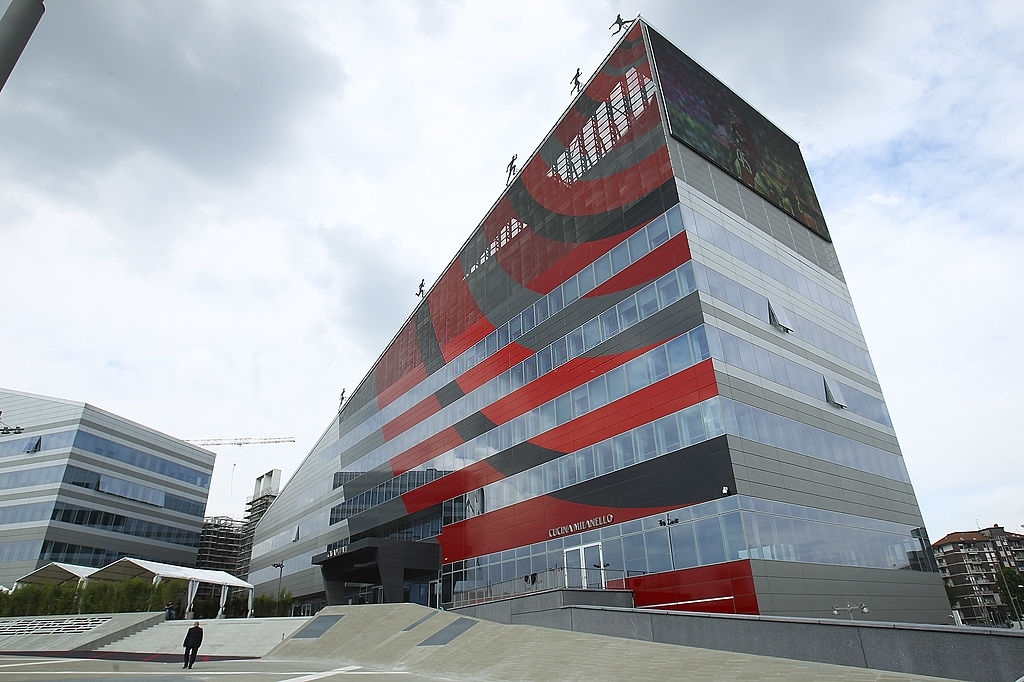According to UEFA's annual report on the state of European football, the debt of European football clubs (in the UEFA area) has increased by 22% compared to the previous year, with a total bank debt of €1.25 billion in 2022. The increase in overall debt, including short-term and long-term debt, is up by 9%. Compared to the pre-COVID situation at the end of 2019, the overall increase in indebtedness has reached 51%. The Big 5 leagues alone have a total of over €7.5 billion in bank debt and €2.5 billion in internal financiers. The total liabilities amount to €10 billion.
In Serie A, the report highlights a total bank debt of €1.068 billion, which is a cause for concern. Three clubs, Inter (€390 million), Juventus (€223 million), and Roma (€271 million), hold almost the entirety of this debt. Although Juventus has reduced its debt by €250 million with a €400 million capital increase in December 2021, these three clubs hold nearly €900 million out of a total debt of €1 billion. In contrast, AC Milan has a minimal debt of only €71 million, and Napoli has zero debt.
This information sheds light on the overall financial situation of European football, with a particular emphasis on Serie A. While the financial instability of several clubs in the league is concerning, AC Milan's low level of debt bodes well for the future of the club. Under the guidance of head coach Stefano Pioli, the Rossoneri have already won the Scudetto trophy and are aiming for continued success in Serie A. With a solid financial footing, the club will, hopefully, be well-positioned to compete at the highest level in the coming years.
















